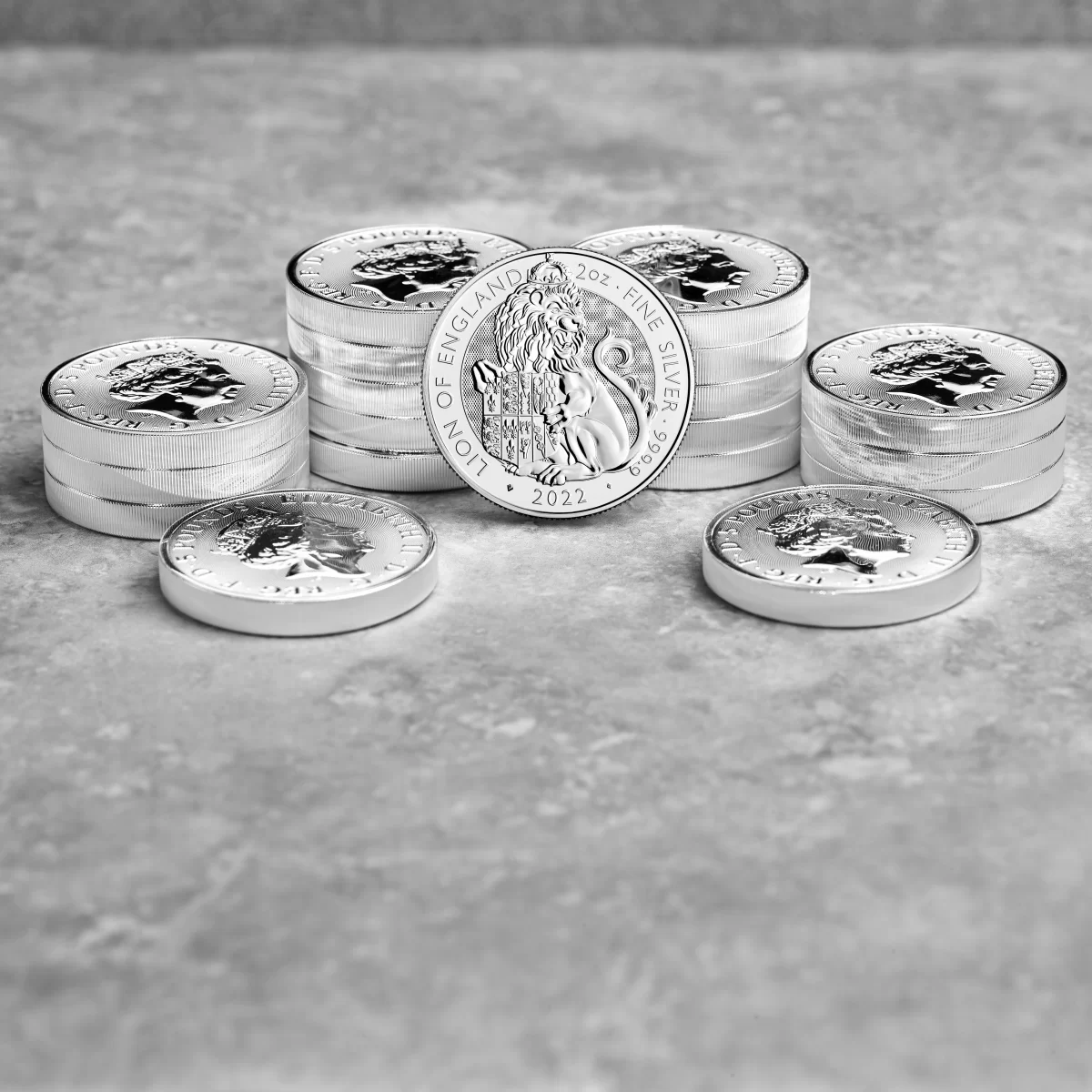Silver as an Element
Chemically, silver is an element with the symbol Ag and atomic number 47. It belongs to noble metals. Silver is in gold’s shadow, although it is also a unique metal. It is much more abundant than gold, but silver is still one of the least naturally occurring metals. In the Earth’s crust, silver occurs 800 times less frequently than copper. In pure form it has a brilliant white metallic luster.
It is slightly harder than gold, but it is still very malleable and ductile, thus being widely used in the jewelry industry. As gold, it does not corrode in clean air or water, however, it tarnishes under the influence of ozone and sulfur in the atmosphere. As of 2014, about 780,000 tons of silver were in existence above ground, about half of the total amount of silver ever mined. Silver is produced in many countries, but most of the white metal is currently mined in Mexico, China, Peru, Russia and Australia.

Because silver is not so durable as gold and is more commonly used in the industry, it is consumed a lot more frequently. Thus, the stock-to-flow ratio is lower than in the case of gold, but higher than in the case of other metals. Hence, silver has a dual nature: it is a monetary asset and an industrial metal at the same time.
Silver has several interesting properties. It has the highest electrical and thermal conductivity of all metals. This is why it is used in electronics. It has high optical reflectivity, which explains why it is used in the production of high-quality mirrors. Silver’s catalytic properties make it an ideal candidate for a catalyst in oxidation reactions. Moreover, silver halides are photosensitive, so photography (and X-ray imaging) would not have been developed without silver (however, the advent of digital technology decreased the use of silver in photography). Silver is also famous for its strong antibacterial (and antiviral) activity (Hippocrates was already aware of it). This is why it is widely used in medicine, water purification and the production of silverware. Indeed, silver was commonly used to fight infections before the discovery of antibiotics. Colloidal silver products remain homeopathic remedies (however, overdosed can lead to side effects).
Similarly to gold, silver was used in jewelry, arts and coinage long before the beginning of recorded history, being valuable and highly sought. Actually, silver was the basis of the international monetary system until the introduction of the gold standard in XIX century. Silver coins were mined before gold ones and silver dominated as money over ages. Although gold was used in large, international payments, silver was much more commonly used in daily transactions. It was ‘everyman’s gold’. The U.S. dollar was initially defined as a weight unit of silver. The important role of silver as money can be illustrated by the fact that in many languages the world ‘silver’ describes both the white metal and money (for example, French l’argent can mean either silver or money).
We encourage you to learn more about silver – not only as an element, but also how to successfully use the white metal as an investment and how to profitably trade it. A great way to start is to sign up on Acruxbullion for more insights today. It’s free and if you don’t like it, you can easily unsubscribe.


